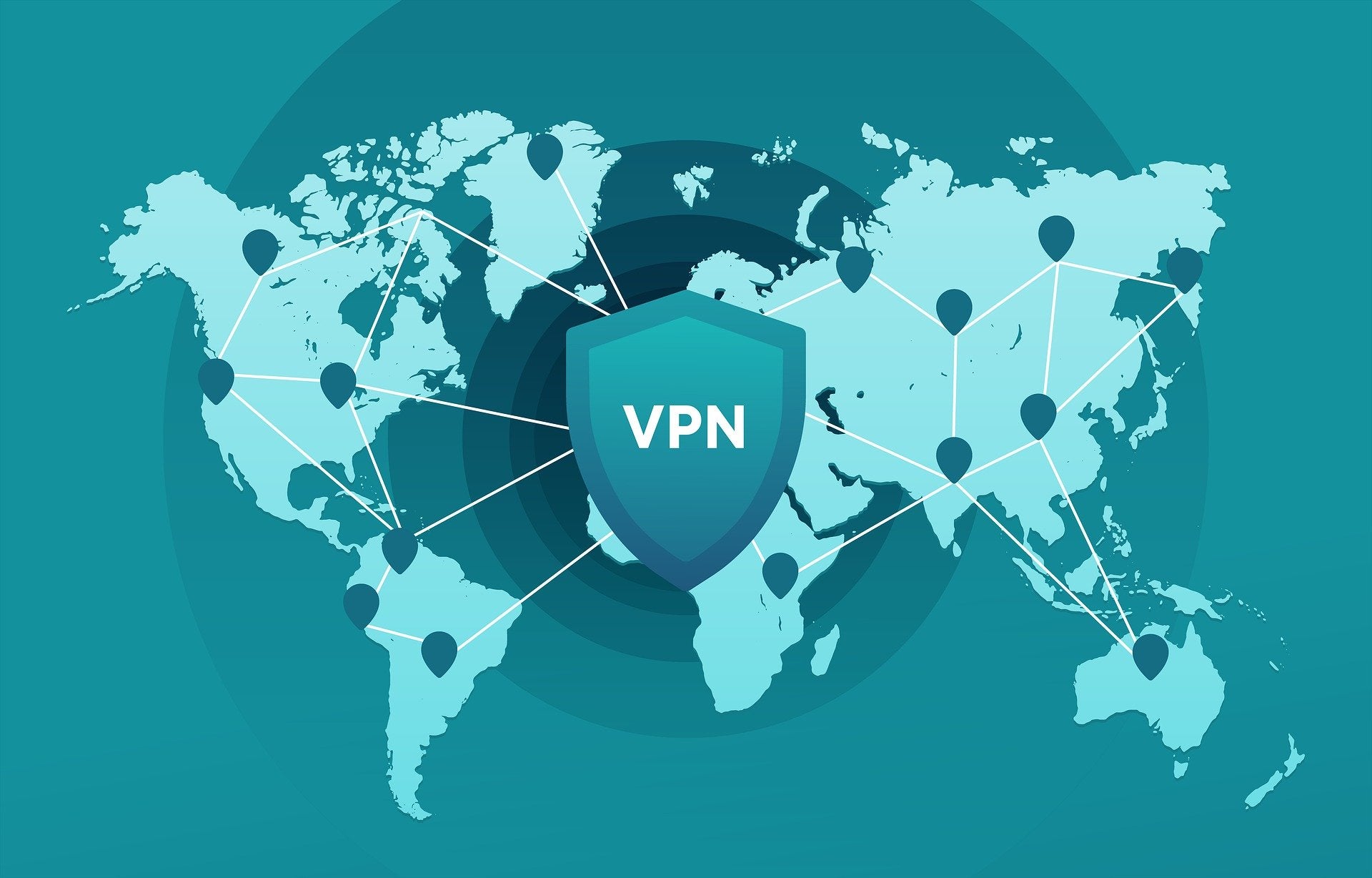Featured
Table of Contents
Internet Protocol Security (Ipsec)
IPsec confirms and encrypts data packets sent over both IPv4- and IPv6-based networks. IPsec protocol headers are found in the IP header of a package and define how the data in a package is dealt with, including its routing and delivery across a network. IPsec adds numerous parts to the IP header, including security info and one or more cryptographic algorithms.

ISAKMP is defined as part of the IKE protocol and RFC 7296. It is a framework for essential facility, authentication and settlement of an SA for a protected exchange of packets at the IP layer. In other words, ISAKMP specifies the security specifications for how two systems, or hosts, communicate with each other.
They are as follows: The IPsec procedure begins when a host system acknowledges that a package needs protection and needs to be transmitted utilizing IPsec policies. Such packages are thought about "intriguing traffic" for IPsec functions, and they set off the security policies. For outgoing packets, this implies the suitable file encryption and authentication are applied.
Understanding Vpn Ipsec Tunnel Mode And ...
In the second action, the hosts use IPsec to work out the set of policies they will use for a protected circuit. They also validate themselves to each other and set up a safe channel between them that is used to negotiate the method the IPsec circuit will secure or validate data sent throughout it.

After termination, the hosts get rid of the personal keys utilized during data transmission. A VPN basically is a private network carried out over a public network. Anybody who links to the VPN can access this personal network as if directly linked to it. VPNs are commonly used in organizations to enable workers to access their business network from another location.
Generally used between secured network gateways, IPsec tunnel mode enables hosts behind one of the entrances to interact securely with hosts behind the other gateway. For instance, any users of systems in an enterprise branch workplace can safely link with any systems in the main workplace if the branch office and primary office have secure gateways to function as IPsec proxies for hosts within the respective workplaces.
What Is Ipsec Encryption And How Does It Work? - Compritech
IPsec transport mode is used in cases where one host needs to connect with another host. The 2 hosts work out the IPsec circuit directly with each other, and the circuit is usually torn down after the session is complete.
With an IPsec VPN, IP packets are protected as they take a trip to and from the IPsec gateway at the edge of a private network and remote hosts and networks. An SSL VPN protects traffic as it moves between remote users and an SSL gateway. IPsec VPNs support all IP-based applications, while SSL VPNs only support browser-based applications, though they can support other applications with customized advancement.
See what is finest for your organization and where one type works best over the other.
What Is Ipsec Vpn And How Does It Work? The Complete ...
Each IPsec endpoint confirms the identity of the other endpoint it desires to interact with, ensuring that network traffic and information are only sent to the desired and allowed endpoint. Regardless of its excellent energy, IPsec has a few concerns worth pointing out. Direct end-to-end communication (i. e., transmission technique) is not constantly readily available.
The adoption of different local security guidelines in massive dispersed systems or inter-domain settings may posture severe problems for end-to-end interaction. In this example, presume that FW1 requires to check traffic material to identify intrusions which a policy is set at FW1 to deny all encrypted traffic so regarding enforce its content inspection requirements.
Users who use VPNs to from another location access a personal company network are put on the network itself, providing the exact same rights and operational abilities as a user who is connecting from within that network. An IPsec-based VPN might be developed in a range of methods, depending upon the requirements of the user.
What An Ipsec Vpn Is, And How It Works
Since these components might originate from different suppliers, interoperability is a must. IPsec VPNs make it possible for smooth access to enterprise network resources, and users do not necessarily need to utilize web gain access to (access can be non-web); it is therefore an option for applications that need to automate interaction in both methods.
Its framework can support today's cryptographic algorithms in addition to more effective algorithms as they become available in the future. IPsec is an obligatory component of Internet Protocol Version 6 (IPv6), which business are actively deploying within their networks, and is highly recommended for Web Protocol Version 4 (IPv4) executions.
It supplies a transparent end-to-end protected channel for upper-layer procedures, and applications do not need adjustments to those procedures or to applications. While possessing some disadvantages related to its intricacy, it is a fully grown protocol suite that supports a variety of encryption and hashing algorithms and is extremely scalable and interoperable.
Ipsec—what Is It And How Does It Work?
Like VPNs, there are numerous methods a Zero Trust model can be implemented, however solutions like Twingate make the process substantially easier than needing to wrangle an IPsec VPN. Contact Twingate today to get more information.

IPsec isn't the most common internet security protocol you'll use today, but it still has a crucial function to play in protecting web interactions. If you're utilizing IPsec today, it's probably in the context of a virtual personal network, or VPN. As its name suggests, a VPN creates a network connection in between 2 makers over the general public web that's as secure (or practically as safe and secure) as a connection within a personal internal network: probably a VPN's the majority of popular use case is to enable remote employees to gain access to secured files behind a business firewall software as if they were working in the workplace.
For the majority of this short article, when we state VPN, we suggest an IPsec VPN, and over the next several sections, we'll discuss how they work. A note on: If you're aiming to set up your firewall program to enable an IPsec VPN connection, be sure to open UDP port 500 and IP ports 50 and 51.
Understanding Ipsec Vpns

Once this has actually all been set, the transportation layer hands off the information to the network layer, which is primarily controlled by code running on the routers and other components that comprise a network. These routers choose the path private network packages require to their location, however the transportation layer code at either end of the communication chain doesn't require to know those information.
On its own, IP doesn't have any built-in security, which, as we noted, is why IPsec was developed. Today, TLS is built into essentially all web browsers and other internet-connected applications, and is more than enough protection for everyday internet usage.
That's why an IPsec VPN can include another layer of security: it involves securing the packets themselves. An IPsec VPN connection starts with establishment of a Security Association (SA) in between two communicating computer systems, or hosts. In general, this includes the exchange of cryptographic secrets that will allow the parties to secure and decrypt their interaction.
Latest Posts
Best Vpn Services For 2023 - Is Yours There?
10 Best Business Vpn Services [2023]: A Comprehensive ...
What Is A Vpn And How Does It Work?